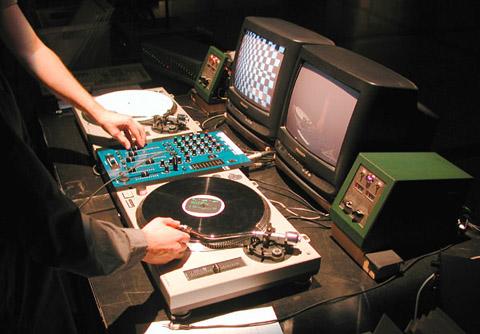Schlagwort: vinyl
-

Who needs vinyl records when you’ve got Raspberry Pi and NFC?
Reading Time: 2 minutesRedditor Mark Hank missed the tactile experience of vinyl records so he removed the insides of an old Sonos Boost to turn it into a Raspberry Pi- and NFC-powered music player. Yes, this really works: [youtube https://www.youtube.com/watch?v=N02-eF822dY] The Sonos Boost was purchased for just £3 on eBay. Mark pulled all the original…
-

Playback your favourite records with Plynth
Reading Time: 2 minutesUse album artwork to trigger playback of your favourite music with Plynth, the Raspberry Pi–powered, camera-enhanced record stand. Plynth Demo This is “Plynth Demo” by Plynth on Vimeo, the home for high quality videos and the people who love them. Record playback with Plynth Plynth uses a Raspberry Pi and Pi Camera…
-

Playback your favourite records with Plynth
Reading Time: 2 minutesUse album artwork to trigger playback of your favourite music with Plynth, the Raspberry Pi–powered, camera-enhanced record stand. Plynth Demo This is “Plynth Demo” by Plynth on Vimeo, the home for high quality videos and the people who love them. Record playback with Plynth Plynth uses a Raspberry Pi and Pi Camera…
-

Playback your favourite records with Plynth
Reading Time: 2 minutesUse album artwork to trigger playback of your favourite music with Plynth, the Raspberry Pi–powered, camera-enhanced record stand. Plynth Demo This is “Plynth Demo” by Plynth on Vimeo, the home for high quality videos and the people who love them. Record playback with Plynth Plynth uses a Raspberry Pi and Pi Camera…
-

Watching VinylVideo with a Raspberry Pi A+
Reading Time: 2 minutesPlay back video and sound on your television using your turntable and the VinylVideo converter, as demonstrated by YouTuber TechMoan. VinylVideo – Playing video from a 45rpm record With a VinylVideo convertor you can play video from a vinyl record played on a standard record player. Curiosity, tech-demo or art? A brief…


